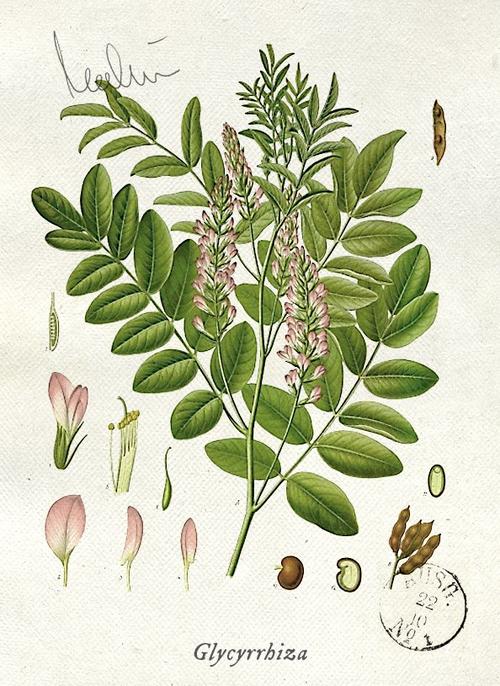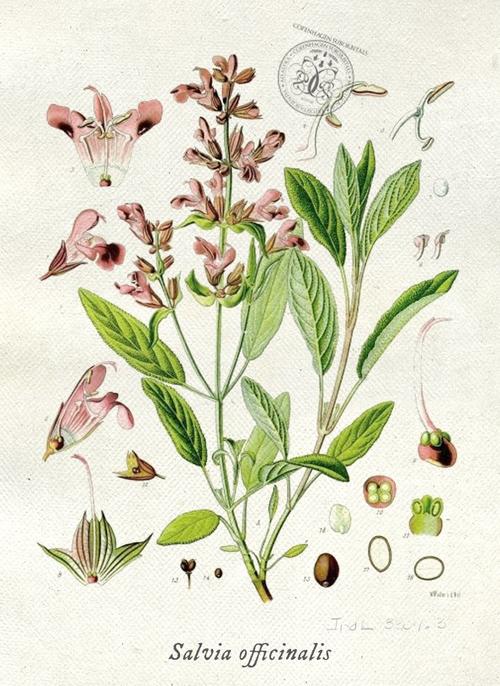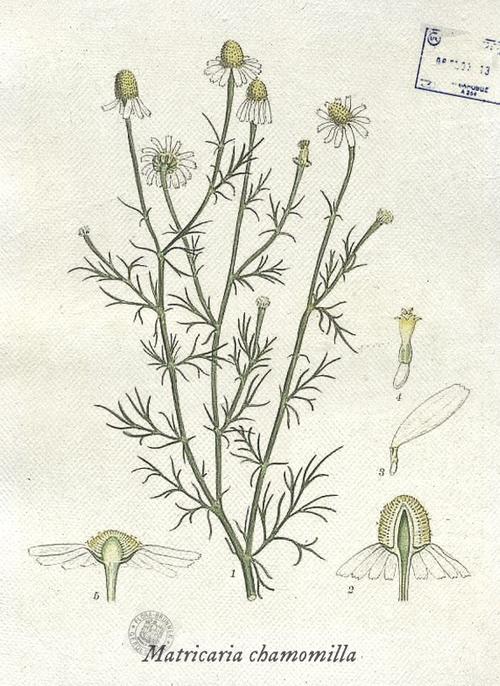The Gardener’s Hope
Lavandula Angustifolia

Lavandula angustifolia (lavender or English lavender, though not native to England; also common lavender, true lavender, narrow-leaved lavender), formerly L. officinalis, is a flowering plant in the family Lamiaceae, native to the western Mediterranean, primarily the Pyrenees and other mountains in northern Spain. It is a strongly aromatic shrub growing as high as 1 to 2 metres tall.
The flowers are pinkish-purple (lavender-coloured), produced on spikes 2–8 cm long at the top of slender. The species name angustifolia is Latin for "narrow leaf". Previously, it was known as Lavandula officinalis, referring to its medicinal properties. English lavender is commonly grown as an ornamental plant. It is popular for its colourful flowers, its fragrance and its ability to survive with low water consumption. Apart from that Lavender is a romantic flower that every gardener sooner or later succumbs to the urge to grow it.
Undeterred by the fact that it is a native of the Mediterranean and a lover of dry, sunny, rocky habitats, the british gave it a try hoping that it will adapt. After all, England can hardly be considered dry or particularly sunny, yet English gardeners are renowned for growing lavender plants such as ‘Hidcote’ and ‘Munstead’, two of the hardiest and best loved lavender varieties. Well, Lavender is not really native of the black forest either and being german we thought it will do well in, of course, gin.




















